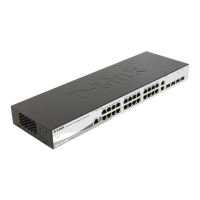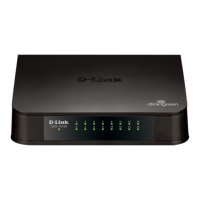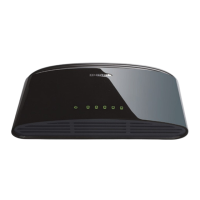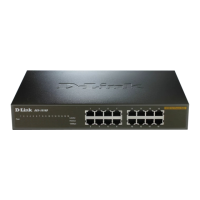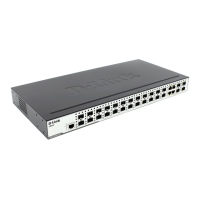DES-1210-52/ME L2 Metro Ethernet Switch CLI Reference Guide
88
encryption of packets sent between the Switch and a remote SNMP
manager.
auth_nopriv − Specifies that authorization is required, but there is no
encryption of packets sent between the Switch and a remote SNMP
manager.
auth_priv − Specifies that authorization is required, and that packets
sent between the Switch and a remote SNMP manger are
encrypted.
Only Administrator, operator and powe user-level users can issue
this command.
Example usage:
To create an SNMP host to receive SNMP messages:
DES-1210-52/ME:5# create snmp host 10.90.90.90 v3 noauth_nopriv
dlink
Command: create snmp host 10.90.90.90 v3 noauth_nopriv dlink
Success.
DES-1210-52/ME:5#
To remove a recipient of SNMP traps generated by the Switch’s
SNMP agent.
delete snmp host <ipaddr>
The delete snmp host command deletes a recipient of SNMP traps
generated by the Switch’s SNMP agent.
<ipaddr> − The IP address of a remote SNMP manager that
receives SNMP traps generated by the Switch’s SNMP agent.
Only Administrator-level users can issue this command.
Example usage:
To delete an SNMP host:
DES-1210-52/ME:5# delete snmp host 10.90.90.90
Command: delete snmp host 10.90.90.90
Success.
DES-1210-52/ME:5#
To display the recipient of SNMP traps generated by the Switch’s
SNMP agent.
show snmp host {<ipaddr>}
The show snmp host command is used to display the IP addresses
and configuration information of remote SNMP managers that are
designated as recipients of SNMP traps generated by the Switch’s
SNMP agent.

